This is one of the questions that we get most often – “How much water should I store?” Well the question doesn’t have one set answer, but today we’re going to try to give you some calculations and numbers that will help you determine how much water you’ll need in order to survive. For the record, the Red Cross recommends storing 1 gallon per person, per day but we’re not entirely satisfied with that answer.
Calculating your water needs depends upon several different factors: How active are you? What is the weather? How old are you? Are you pregnant or nursing? Do you want to store enough for hygiene, or just for drinking? How long are you prepping for? We’re going to try to give you calculations for account for each scenario so that you’ll know how much water to store regardless of your situation.
First, though, realize that water goes bad just like every other food. Well, it doesn’t go BAD exactly but it will start to taste funny. You should rotate it just like you do the rest of your stockpile. You can revive “flat” water by pouring it back and forth between containers to re-oxygenate it.
Why Stockpile Water?
[adinserter name=”megadroughtusa”]This is a no-brainer if you’ve read any of my other related articles. You can only survive for 3 days without water and you’ll start to feel the ill effects of dehydration way sooner than that. Your skin will become dry, your brain will slow down, your thoughts will become muddled and your critical thinking skills will be impaired. Then of course, you die. That’s something we try to avoid at all costs. Better to store water!
You’re going to need two types of water: Potable, or drinkable, and non-potable that you can use for bathing, washing dishes and laundry, and performing other non-drinking tasks. Of course, you can always store potable water and just use it for everything if you find that easier. Many people choose to use rain barrels for collecting non-potable water and have even hooked up filtration systems to them to make the water safe to drink.
Weather Factors that Affect Water Needs
Many people think that you would need more water in hot weather than you do in cold but that’s actually not the case. If you’re working outside in extreme temperatures, you really do need much more water than if you’re sedentary in moderate temperatures.
If you’re a relatively sedentary adult living in moderate temperatures, here’s a good rule of thumb: divide your body weight in half and that’s how many ounces of water per day you should be drinking, assuming you’re not lactating.
If you’re sweating profusely for long periods of time, you need at least 1.3 gallons of water per day. That same rule applies regardless of whether you’re sweating in the sun or sweating while you’re at the gym or shoveling snow.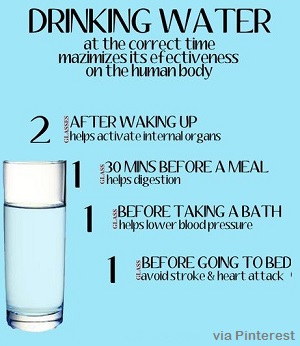
Another reason that you should drink plenty of water in winter is that your body isn’t absorbing as much water from the air as it does in the humid months of summer. Shivering also utilizes a ton of energy and you need plenty of water to support the production of that energy. Since it’s cold, many people don’t drink enough in the winter but in a survival situation, a decline in cognitive or motor skills caused by mild dehydration could be the difference between living and dying.
Lactating Women
If you’re nursing a baby, chances are good that you’re going to need more water. A simple way to calculate how much you’ll need is to simply figure 2/3 of your body weight and drink that in ounces per day. That’s not a hard and fast rule, but it’s a good place to start. If you feel thirsty, drink more. In other words, it may be a good idea to store your full body weight in ounces per day for as long as you’ll be breastfeeding during the emergency.
Infants
 Babies need much more water than adults do. As a matter of fact, they need 3x more than we do. Of course, if the baby is being breastfed, he can get all that he needs from mom, assuming that she’s drinking enough.
Babies need much more water than adults do. As a matter of fact, they need 3x more than we do. Of course, if the baby is being breastfed, he can get all that he needs from mom, assuming that she’s drinking enough.
If he’s on formula, he’ll need to drink more. The formula will count for some of his needs so figure about 1/3 of his bodyweight in ounces of extra water and don’t forget to account for growth during the duration that you’re stockpiling for.
Children
Again, we’re going by weight, not age because it’s more accurate. Because kids are growing and are also typically more active than adults, they need much more water than we do. Remember that drinks such as milk count toward their water needs but in total, figure that they need about 1.33 ounces of fluids per pound of body weight per day.
The Elderly
Older people don’t necessarily need more water than the average adult but they do need some reminders to drink it in order to stay healthy.
Mild dehydration is a much bigger deal for an older person than for a younger adult because kidneys don’t function as well and the body’s sense of thirst often diminishes with age. Also, swallowing capacity, mobility and comprehension is affected more quickly with dehydration in older people. Remind them to drink even if they’re not thirsty because thirst is the first stage of dehydration!
Elevation
People who live at higher elevations need more water than those who live closer to sea level. If you live above 5000 feet above sea level, this applies to you. If you’re over 11,500 feet, your water needs increase even more because there is very little humidity and reduced oxygen. It takes more water to breathe because you breathe faster in order to get enough oxygen. You also urinate more often and may not feel as thirsty.
According to the Institute for Altitude Medicine, you should drink an addition 1-1.5 liters per day if you’re over 5000 feet and if you’re at altitudes over 10k feet, you need to increase your carbohydrate intake by about 300 grams too, so drink sports drinks or other sugary drinks as 3-4 liters of your fluid intake.
Now that you know how much water each person in your family needs to drink each day, add at least another half-gallon per person for hygiene. Then simply multiply the total number by how many days you are prepping for and you now know how to calculate your water needs.
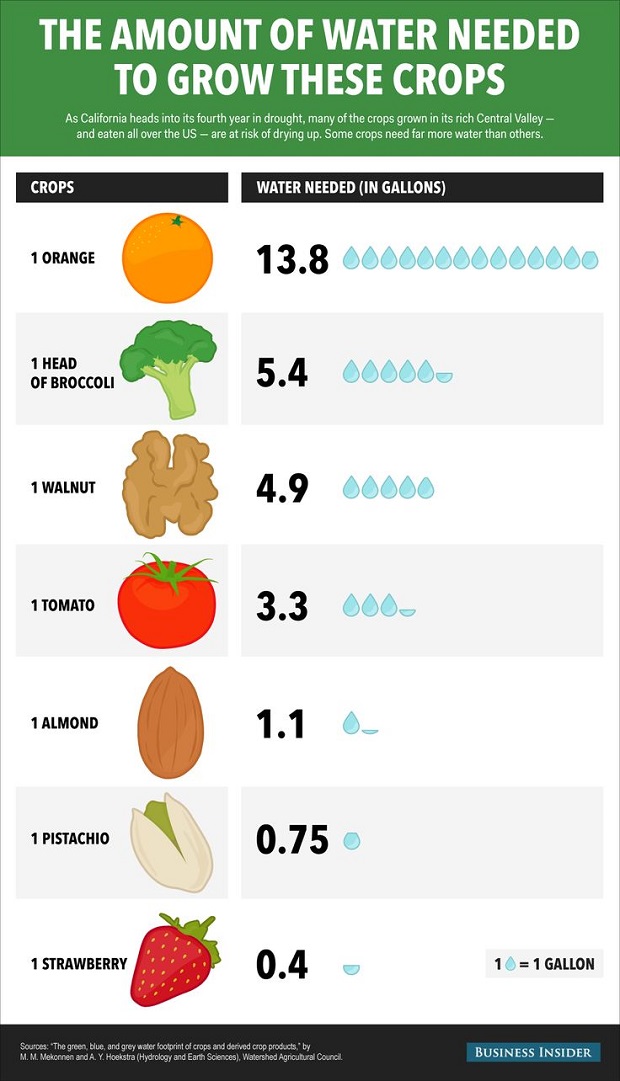
If you’re planning for a long-term event, you may wish to consider stockpiling water purification tabs and finding alternate ways to capture water such as water barrels or irrigation systems. This is a good idea for a number of reasons. You’ll need water for your garden and storing large quantities of water isn’t exactly feasible for most people, especially if you have a large family.
Regardless of how you decide to store your water, good luck and happy prepping.
If you can think of anything that we missed above, please feel free to share it in the comments section below!
This article has been written by Theresa Crouse for Survivopedia.






























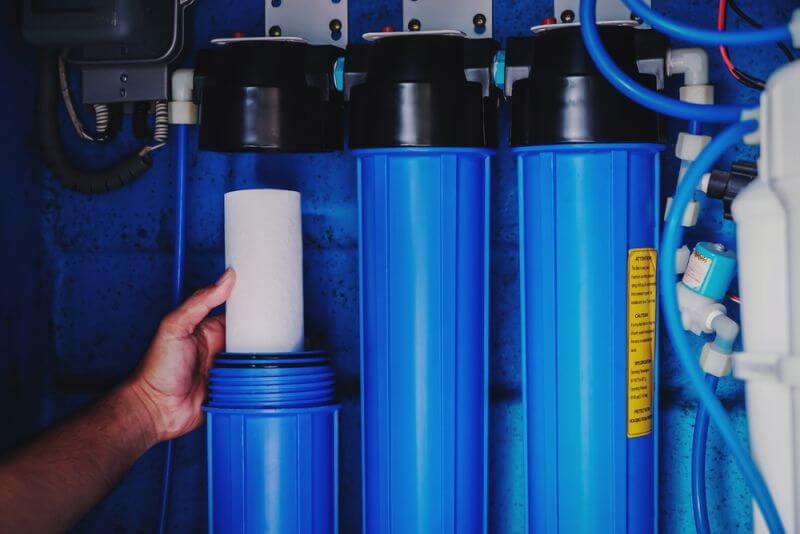
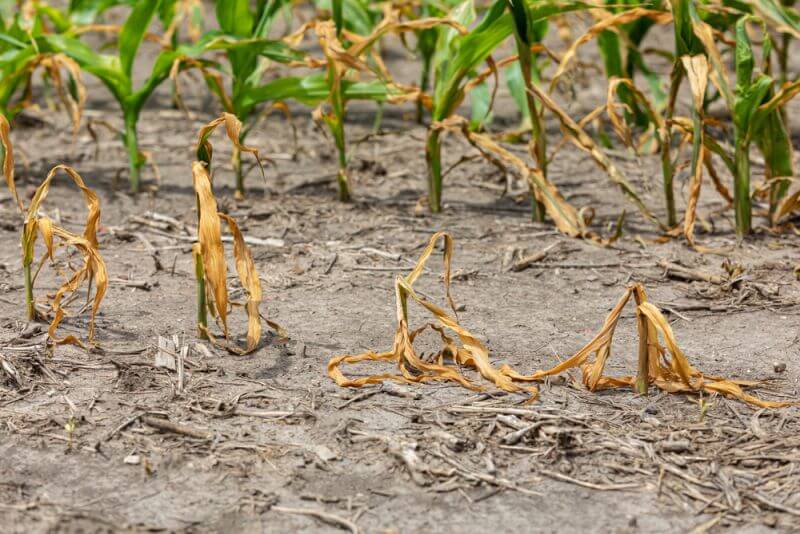
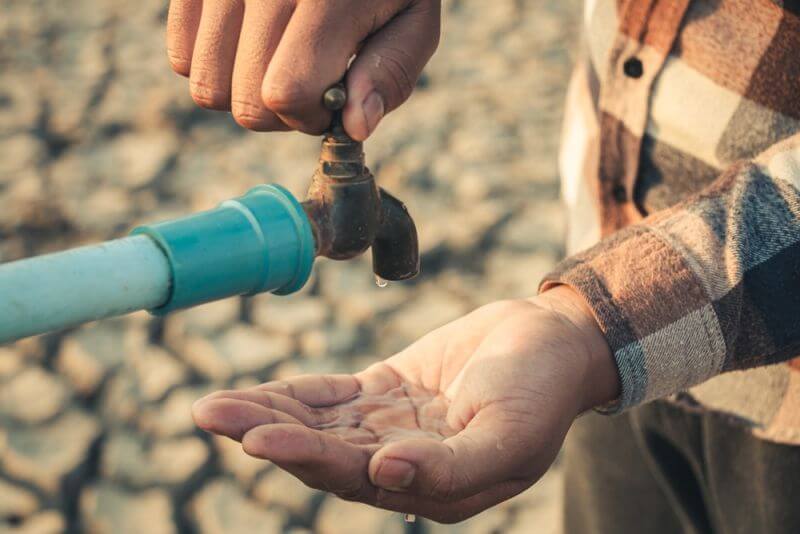
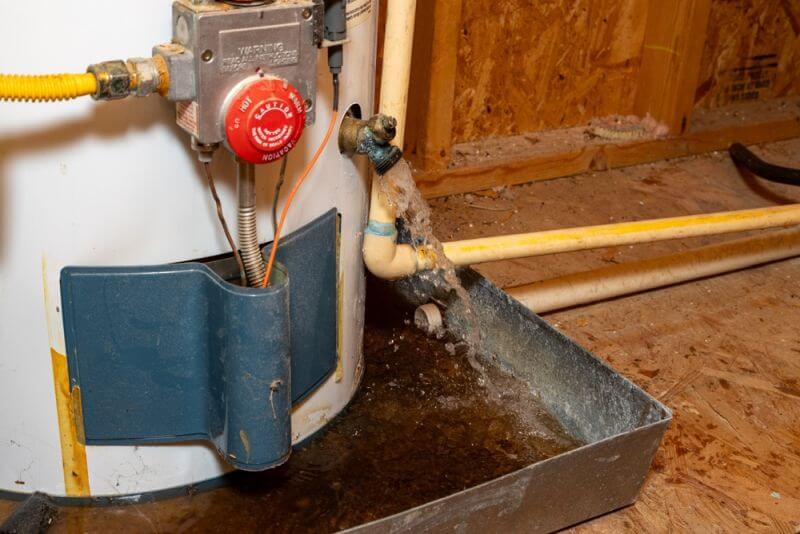
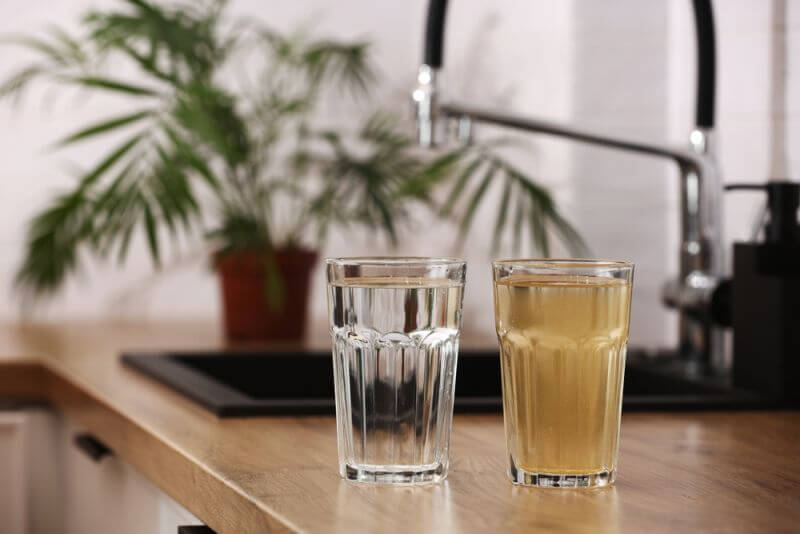







































My question is: How long will water stay good if it is in a sealed container? For example in a water cooler bottle.
Thanks
It depends on how clean your water and storage container are. I had some water in a collapsible jug that stayed good for several years and was never treated. It came straight from mountain spring. So there is no good way to know for sure. Just check it regularly until you find out how your storage system works. Then change it a month or so before it gets to the point you don’t want to drink or use it.
Exceptionally well done and articulate article, Theresa, thanks.
From two neighbors’ experience and my own: 6 months. Then, you start to see yellow filaments in it.
This was ordinary city tap water.
Where do I go to buy water purification tablets?
Double what you think you need. Then you should have enough for the time frame for your family/group and also some for unexpected guests.